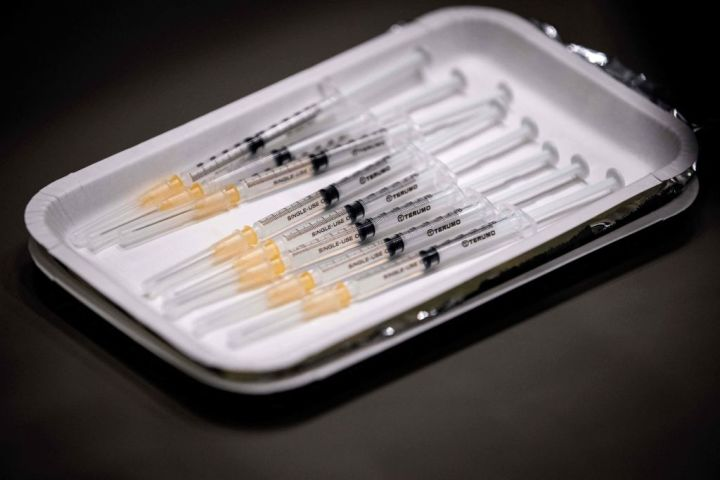
COVID-19: Chinese inactivated vaccine, less effective against Omicron strains: Nature
English academic journal “Nature”:
Article dated January 13:
“The inactivated vaccine developed by China is less effective against the Omicron strain,” he said.
China is providing inactivated vaccines to developing countries as part of vaccine diplomacy.
However, he said, “Re-evaluation of Chinese vaccines is inevitable.”
Neutralizing antibody against Omicron strain:
Twenty-five people were inoculated twice with the new Corona vaccine made by China Sinovac.
As a result of analyzing blood
“No neutralizing antibody against the Omicron strain was detected,” he said.
University of Hong Kong:
A research team at the University of Hong Kong quoted a paper published last December.
Inactivated vaccine has no effect:
“Inactivated vaccines are not very effective against Omicron strains in numerous experiments,” he said.
Effect of the third inoculation:
Even if you inoculate the inactivated vaccine for the third time,
Compared to other vaccines
It was also revealed that the effect was significantly reduced.
The number of neutralizing antibodies inoculated with inactivated vaccine is very low.
“Three doses of inactivated vaccine to a group of patients did not improve,” he said.
Messenger RNA vaccine
Recombinant protein vaccine
On the other hand,
Western-made messenger RNA,
For recombinant protein vaccines, etc.
“Significant effect on Omicron strain by the third inoculation” was shown.
Nature’s claim:
Based on the results of this experiment, Nature urged reassessment of the role of inactivated vaccines.
The Epoch Times
https://www.epochtimes.jp/2022/01/85132.html
Omicron thwarts some of the world’s most-used COVID vaccines
The world’s most widely used COVID-19 vaccines provide little to no protection against infection with the rapidly spreading Omicron variant, laboratory evidence suggests.
Inactivated-virus vaccines
contain SARS-CoV-2 particles that have been chemically treated to make it impossible for them to cause an infection.Stable and relatively easy to manufacture,
such vaccines have been distributed widely as part of China’s global vaccine diplomacy, helping them to become the jab of choice in many countries.
But a multitude of experiments show that they are consistently hobbled by Omicron.
Many people who receive two jabs of an inactivated vaccine fail to produce immune molecules that can counter Omicron transmission.
And even after a third dose of an inactivated vaccine, an individual’s levels of ‘neutralizing’ antibodies,
which provide a potent safeguard against viral infection of cells, tend to remain low.
A third shot of another type of vaccine, such as those based on messenger RNA or purified proteins,
seems to offer better protection against Omicron.
The findings are prompting many scientists and public-health researchers
to re-evaluate the role of inactivated vaccines in the global fight against COVID-19.
“At this stage, we have to evolve our ideas and adjust our vaccination strategies,” says Qiang Pan-Hammarström,
a clinical immunologist at the Karolinska Institute in Stockholm.
Billions served
Inactivated vaccines
were instrumental in the campaign for worldwide vaccine coverage last year.They include those made by China’s Sinovac and Sinopharm,
which together account for nearly 5 billion of the more than 11 billion COVID-19 vaccine doses delivered globally so far,according to numbers compiled by data-tracking firm Airfinity in London (see ‘Many shields against COVID-19’).
More than 200 million doses of other inactivated shots such as
India’s Covaxin,
Iran’s COVIran Barekat and Kazakhstan’s QazVachave also been delivered.
But an early sign that
inactivated vaccines might not hold up to Omicron came in December,when researchers in Hong Kong analysed blood from 25 recipients of the two-dose CoronaVac vaccine,
made by the Beijing-based company Sinovac.
Not a single person had detectable neutralizing antibodies against the new variant
— raising the possibility that all the participants were highly vulnerable to Omicron infection1.
https://www.nature.com/articles/d41586-022-00079-6